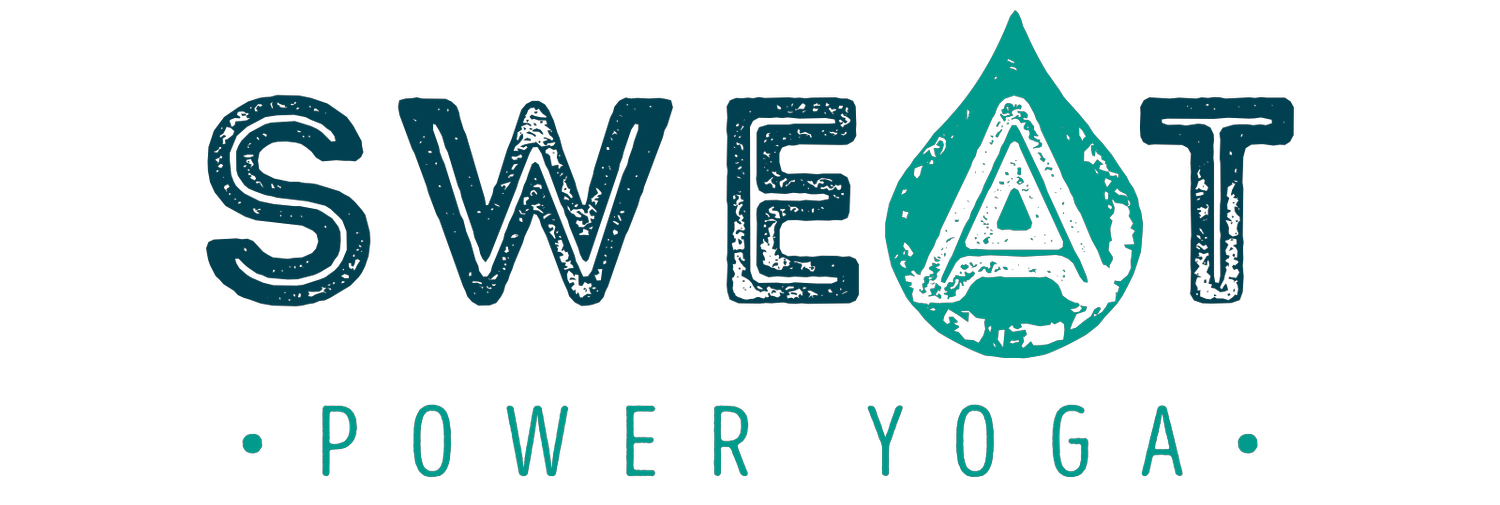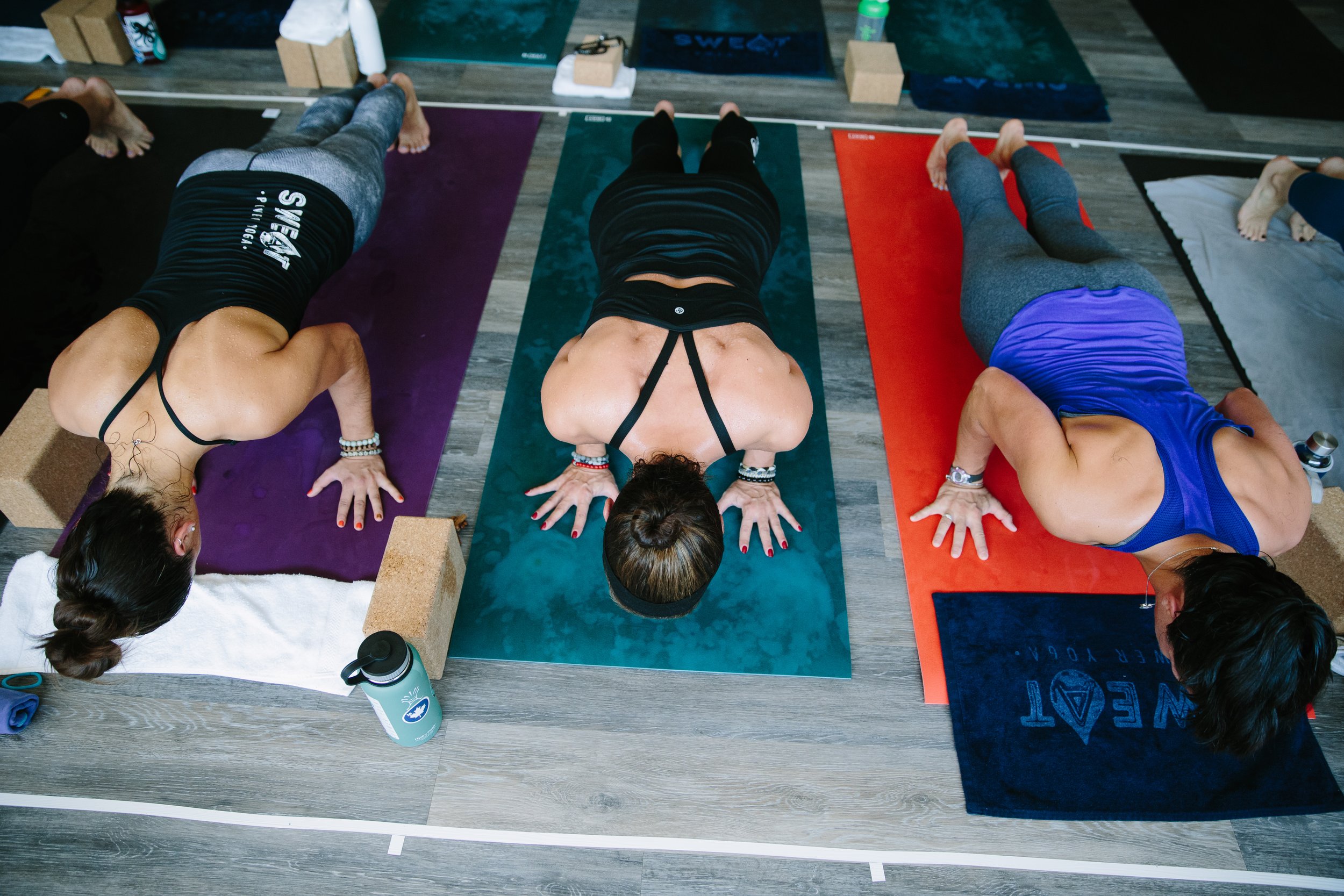Hot Hot Heat
The Science + Benefit of Infrared Heat.
Waking on a Sunday, my body feels a bit like it’s been folded in half and creased down the middle: yesterday morning, I played touch football for two-and-a-half hours, running and cutting on soft grass after a heavy, overnight rain, wearing a pair of cleats that see the light of day roughly once a year.
I haven’t played an organized game of football since college, but in spite of the rust, I finished the day with the rare mid-30’s-trifecta: one passing touchdown, one receiving touchdown, and zero major injuries, which is quite literally as good of a statline as I could have hoped for.
However, I didn’t make it out totally unscathed, and this morning, my hip flexors are criminally sore, making it uncomfortable to sit in meditation or use stairs, and my groin is equally tender, serving as a reminder of all the muscles we don’t use on a day-to-day basis.
To remedy these issues, I can think of only one place to go — 219 Shaker Road, East Longmeadow, Massachusetts, 01116 — and open my phone to check the attendance for the 8:30 Sweat Session.
Unfortunately, it’s full, which I understand: Kristy’s classes are wonderful, but despite the fact that there’s a yoga mat rolled out mere feet from where I sit and a basket full of cork rollers for full myofascial masochism, this isn’t going to meet my needs this morning.
In the confines of my house, the thing I’m lacking is likely the same thing that everyone in studio is seeking: the heat.
At Sweat, we use panels that emit long wave infrared heat, which has a host of proven benefits: it’s part of the reason you’re so much more flexible at the end of class than in the beginning, as infrared heat takes our existing yoga practice and elevates it, aiding the way we open up, melt deep into poses, and grow confidence in moving to the outer edges of what we think our bodies are capable of.
Infrared heat is transferred at wavelengths similar to those of the sun, and the body absorbs these with ease, as these waves penetrate below the surface of the skin to heat the body’s water molecules. Much like the ujjayi breath, this allows practitioners to be heated from the inside out, as opposed to the outside in.
Thanks to this permeation, infrared heat alleviates aches, relieves pain, and increases circulation.
It also warms muscles, improves circulation, and increases metabolism.
…and lowers blood pressure, burns calories, flushes toxins, stimulates blood flow, and oxygenates organs.
(Not to mention that it improves cellular health, promotes flexibility, allows for greater range of motion, and penetrates tissues, muscles, and joints in a way that heals and regenerates the body.)
There’s a lot of reasons why people come back to the studio day after day – a sense of community, individualized instruction, collective focus, peer support, visible progress – but the heat is towards the top of the list.
And with heat comes sweat, and with sweat comes something greater: as our front wall says, “Sweat burns karma, purifying body and soul. Sweat is an ancient and universal form of healing.”
The older I get – and the colder it gets – the more I know I need that type of healing.
Clearly, I’m not the only one.

